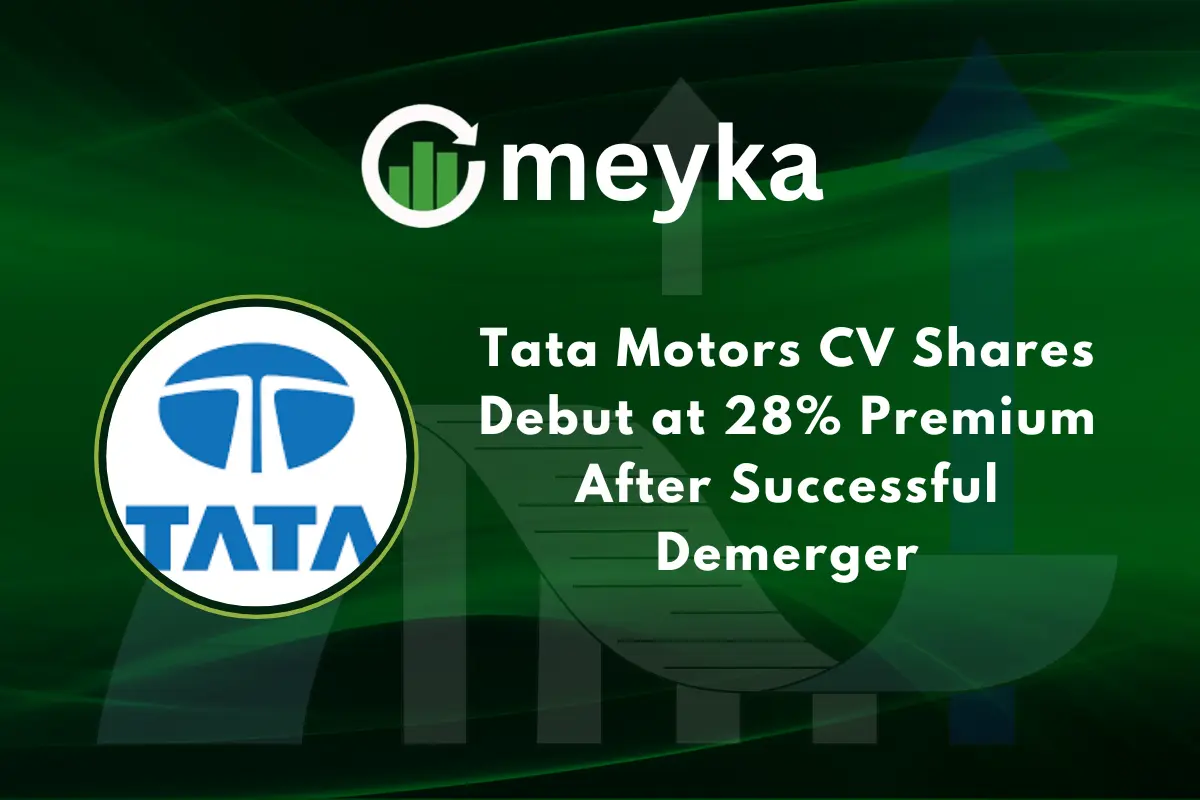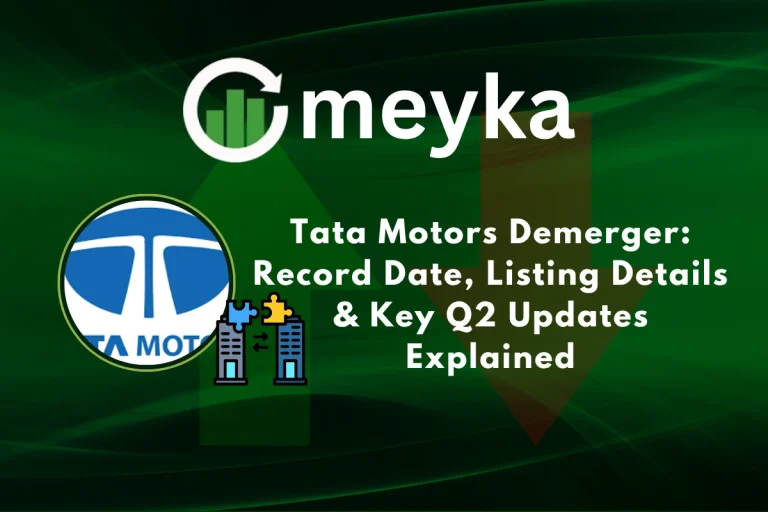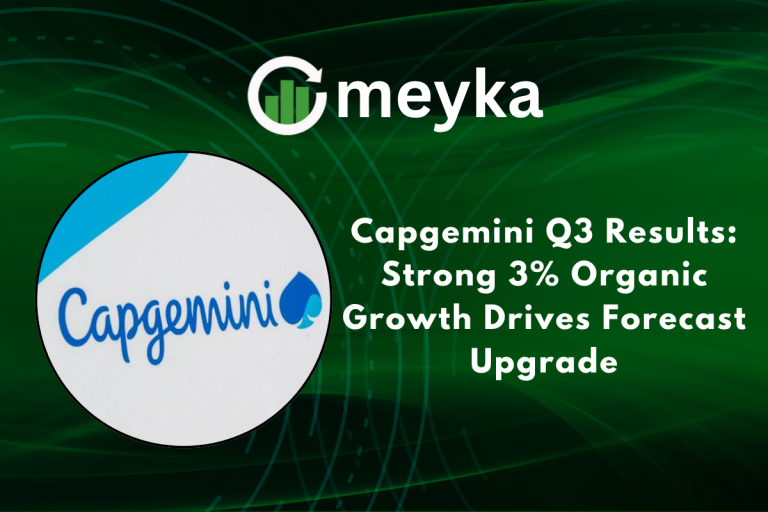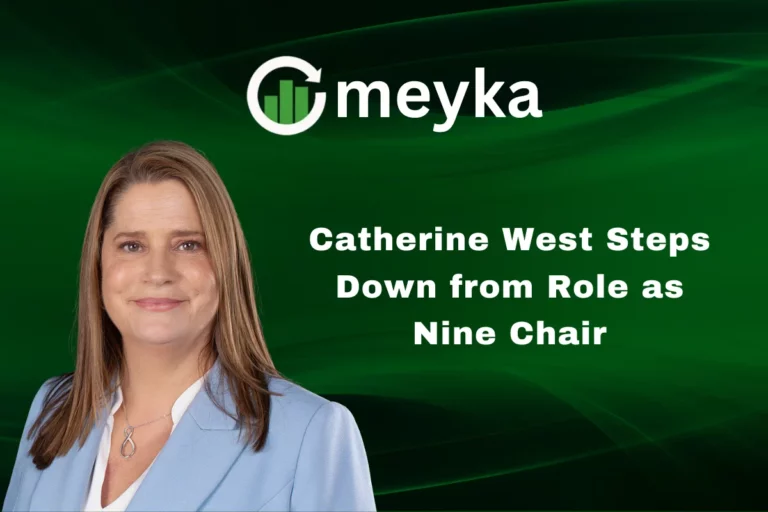Tata Motors CV Shares Debut at 28% Premium After Successful Demerger
On 12 November 2025, Tata Motors Limited’s commercial-vehicle arm made a striking debut on India’s stock markets, listing at a price about 28 % higher than its implied pre-listing valuation.
This landmark event came after the company’s formal demerger of its passenger-and-electric-vehicle business and its commercial-vehicle business, which officially took effect on 1 October 2025. With this split, the CV unit emerges as a standalone entity focused on trucks, buses and cargo vehicles, while the PV/EV arm is free to chart its own course.
The strong premium on listing signals keen investor confidence and suggests that the market sees fresh value being unlocked. This move not only reshapes Tata Motors’ structure but also sets a new benchmark for how large automakers in India can refocus and realign for future growth.
Background and Demerger Timeline
Tata Motors split its business into separate passenger-vehicle (PV) and commercial-vehicle (CV) entities to sharpen focus. The National Company Law Tribunal approved the plan in late September 2025. The demerger became effective from 1 October 2025. Shareholders saw entitlements on record dates in mid-October. This restructuring aimed to give each arm clearer strategy and separate capital markets access.
Listing Details and First-day Moves
The CV unit, listed as Tata Motors Commercial Vehicles (TMCV / TMLCV), began trading on 12 November 2025. The stock opened at about ₹335 on the NSE and ₹330.25 on the BSE. That equated to roughly a 28% premium versus the implied pre-listing value. Volumes were high and the stock jumped further in early trade, showing strong demand from investors. Exchanges placed the stock in trade-for-trade for the initial sessions, a normal safeguard for new listings.
Why Investors Bid up the CV Stock?
Investors saw a clear business with steady cash flows. Tata’s CV arm is a market leader in trucks and buses. It holds a large retail share and a wide service network across India. The standalone listing made the earnings picture easier to read. That clarity helped investors value the unit on its own merits. Broker notes and market commentary pointed to long-term demand in logistics and infrastructure as reasons for optimism.
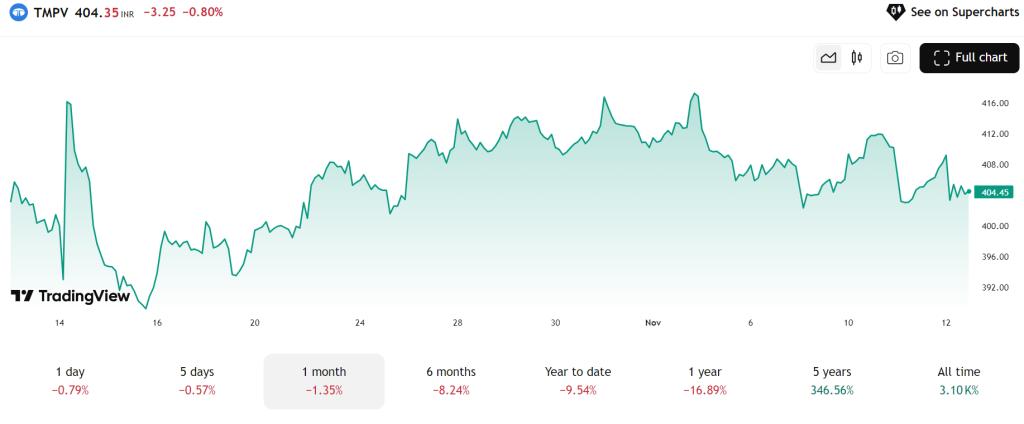
Strategic Benefits of the Split
An independent CV company can set its own priorities. Capital can be directed to the areas that need it most. Management can pursue partnerships or fundraising specific to commercial vehicles. Investors now get an asset that is simpler to appraise. The separation also reduces complexity for passenger and electric vehicle programs. Top executives for the two units were named before the split, to ensure smooth leadership and accountability.
Business Outlook for the CV Arm
Tata’s CV business sells heavy trucks, light commercial vehicles, and buses. Domestic demand ties closely to construction, logistics, and mining. Government spending on roads and infrastructure helps truck volumes. Exports and aftermarket sales add resilience. Still, the sector faces risks. Raw material costs can rise. Demand is cyclical. Global slowdowns can dent orders. Analysts expect steady revenue growth if infrastructure momentum holds and commodity cycles remain benign.
Market Structure and Competition
Tata Motors leads the Indian CV market. Competitors include Ashok Leyland and Eicher Motors. Market share data show Tata with a strong retail presence and wide dealer reach. That scale gives manufacturing and service advantages. Yet rivals chase efficiency and new tech. The CV arm must balance pricing, fleet finance options, and product upgrades to keep its edge.
Short-Term Investor View and Trading Context
Initial listing gains often reflect a mix of genuine investor demand and technical trading flows. For TMCV, institutional interest alongside retail buying pushed the premium. The stock’s early trade-for-trade status may limit quick exits. This can keep volatility high for the first few sessions. Investors should watch near-term volumes and whether institutional holders add to positions after the initial pop. Some brokers used an ai tool to model post-listing scenarios and flagged volatility as a key watchpoint.
Implications for Tata Group and the Indian auto Industry
The demerger is part of a broader trend. Large conglomerates are splitting complex businesses to unlock value. Tata’s move could set a template for other automakers. It also offers a clearer view into India’s mobility shift. Passenger and electric vehicle plans can now be driven separately from commercial operations. For markets, this listing adds a major new name and can increase interest in auto sector plays.
Risks and What to Monitor
Key risks include raw material inflation, slower freight activity, and global economic shocks. Monitor quarterly results under the new setup. Watch management commentary on capex and margins. Keep an eye on stock liquidity after the initial trade-for-trade period ends. How institutional holders behave in the coming weeks will signal confidence.
Wrap Up
The TMCV listing on 12 November 2025 sent a clear message. Markets like standalone assets with simpler stories. The 28% debut premium shows that investors placed a higher value on the CV business when judged alone. Now attention turns to execution. The company must deliver stable cash flows and manage costs. If it does, the premium may prove justified over time.
Frequently Asked Questions (FAQs)
Tata Motors Commercial Vehicles shares listed on November 12, 2025. The stock opened with a strong 28% premium, showing good investor interest on its first day.
Tata Motors demerged its CV unit to focus better on each business. The split, effective October 1, 2025, helps improve growth, management, and investor clarity.
It depends on market goals. The stock performed well on November 12, 2025, but investors should watch company results and market trends before making new decisions.
Disclaimer: The content shared by Meyka AI PTY LTD is solely for research and informational purposes. Meyka is not a financial advisory service, and the information provided should not be considered investment or trading advice.
